|
I'm excited to tell you about my latest Regency short stories:
Regency Rescues: Three Short Sweet Romances. Can three gentlemanly heroes save the women they love? ‘Gentleman to the Rescue’: Clarissa Lanstone has been dragged to the altar by her cousin to marry old Squire Barns. Will Captain Tom Whittlesea, the love of her life, arrive in time to save her? ‘An Officer and a Gentleman’: Marianne Chaseley receives the worst news a mother can hear. Can Major Oliver Hurst convince her to let him help her one last time? ‘A True Gentleman’: Lady Emma Blanche is trapped in a situation no woman should endure. Her husband’s valet, John Wright, knows he must help her, but can they escape Sir Henry Blanche? Regency Rescues is due out on Mothers' Day and available for pre-order now. Buy links: Amazon.com: http://amzn.to/2q90jtK Amazon.co.uk: http://amzn.to/2pfx6jO Amazon.com.au: http://amzn.to/2oGvlsy iBooks: http://apple.co/2q91v0k Kobo: http://bit.ly/2pu8wwq B&N: http://bit.ly/2pcg0kK 24 Symbols: http://bit.ly/2q08UCw
3 Comments
Here's an excerpt from the third short story in Forbidden Valentines - 'George'. I've posted excerpts from the first two stories on Facebook already see; https://www.facebook.com/IsabellaHargreavesBooks/. “Stop tidying, George, and get to bed.” “Oui, my lord.” “Don’t ‘my lord me’. Come here.” George banged around in the dressing room a little longer, closing wardrobe doors, before exiting to respond to James’s order. “Yes, my lord? Is there something more I can do for you this evening?” George raised an eyebrow. James’s heart beat strongly in his chest. “Come here, I said.” George stepped to him and waited with a look of enquiry. “There is something you can do for me.” James tugged on the black stock at George’s neck. It fell open on the shirt. George glanced down at the material then raised dark eyes to James with a questioning look and a half smile. James pushed the black coat from George’s narrow shoulders. It fell unhindered to the floor. “Not going to pick that up, George?” he taunted. “Non.” George watched him intently. Pre-order now. Available: 10 June.
Buy Links: Amazon: http://amzn.to/1OmViIZ Amazon.co.uk: http://amzn.to/25bY8bt iBooks: https://itunes.apple.com/us/book/id1113894691 Kobo: http://bit.ly/1TTkHc8 B&N: http://bit.ly/1VWlj4m If you've read any of these books and enjoyed them, please leave a review on any of these sites:
Amazon: http://amzn.to/1nBe6re Kobo: https://store.kobobooks.com/search?Query=isabella+hargreaves Barnes & Noble: http://bit.ly/1pk7UFG Reviewing a book only needs to be a few words long or a star rating. I'm grateful for every single one! Thank you, Isabella H. P.S. If you're interested, an Isabella Hargreaves Readers' group has formed to discuss my books: https://www.facebook.com/groups/223984487953919/ #historicalfiction, #Historicalromance, #romance
“Lady Helena, I have come with a proposal.”
“For a business venture?” She acted intentionally obtuse. “No – of marriage, your ladyship.” “But we have just established we are barely acquainted. How can you propose marriage?” “It’s for that very reason that I believe we should marry.” What? She must have looked askance at him because he explained, “Marriage is a great journey through life, during which two people come to know each other intimately. The difficulty, I believe, is that when people marry knowing each other well already, they ruin the journey. Whereas, if we were to marry knowing nothing about each other, then we would have our whole lives to discover the other person.” He seemed perfectly serious in his belief. “I take the opposite view, I’m afraid, Sir Hercules. I believe that people marry before knowing the right things about each other.” However, his was an intriguing argument. One she had not heard before from any of the army of fortune-hunters who had pursued her wealth and proclaimed a great love for her. She made a spur-of-the-moment decision – not something she did often – and decided to assess his suitability, although she knew nothing about him. He looked about to argue their differing viewpoints so she forestalled him. “You haven’t yet proposed to me,” she reminded him. “Would you consider me if I did? If not, I won’t take that honour upon myself.” He gave a cheeky smile. Intriguing though he was, she kept her manner sombre. “Should you propose, I will take your offer seriously and give you a considered answer after we have gotten to know each other better.” “In that case…” He dropped to one knee in front of her and taking her hand in his said, “Lady Helena Tremoyne, will you do me the honour of becoming my wife?” He smiled in his beguiling way. This time, she couldn’t help but return his smile. “As soon as I have made my decision, I will inform you, but it may take a week or two. Now we must get to know each other and to achieve that there are some social events to which I would like you to accompany me.” “I am at your disposal, Lady Helena.” He flashed another charming smile. “Good. Do you have a carriage?” “No.” “Never mind, I have two. This afternoon you will accompany me in my landau for the circuit around Hyde Park, at the fashionable hour.” “I will?” He looked bemused. “You shall. Please arrive promptly.” Australia. Amazon.com.au buy link: http://bit.ly/1OeVvZG UK. Amazon.org.uk buy link: http://amzn.to/1OEcgOI USA. Amazon.com buy link: http://amzn.to/1M5AHpX Kobo: http://bit.ly/1D0LzlV Also available at your favourite ebook retailer.
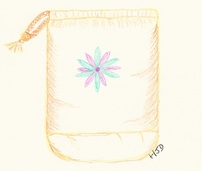 Synonymous with the Regency period and its associated romance genre is the reticule. This vital accessory was a small, often drawstring, bag. Women carried essential items in this precursor handbag. In previous eras they kept these items in a pocket hung about their waists and hidden amongst the layers of their clothes. However, the lightweight and slim-line dresses of the Regency period, designed to fall gracefully and emulate the classical clothing of the ancient Greeks and Romans, did not accommodate such a device. Instead, essential items were carried in a reticule looped around the wearer’s wrist or held in her hand. Popularly, they were made of linen, silk, velvet or soft leather, perhaps decorated with embroidery or with a knotted fringe. A variety of shapes were used. Inside a reticule, one could expect to find a small coin purse, letters, a handkerchief, a pocket book and smelling salts or scented water in a bottle. Jane Brody, the heroine of The Persuasion of Miss Jane Brody, carries important papers in her reticule: “By the time Jane had completed her essay an hour later she had talked to herself sternly and returned to reality as she dusted the document with sand, rolled it up and slid it into her reticule for delivery.” “Jane retrieved the list from her reticule and passed it to her friend who read it carefully before walking to her secretaire to add some more names.” Neither Jane nor Elizabeth Everslie, sister of the Marquis of Dalton would go anywhere without a reticule, even to a ball: “Turning to his sister, he asked, “Are you ready to depart, Elizabeth?” She agreed and gathered her reticule and shawl.” “At eight o’clock a loud rap on the knocker of Reverend Brody’s front door sounded and the housekeeper, Mrs Creevy, hastened to answer it. Jane was still upstairs assisting her sister with her hair combs. She heard a masculine voice and assumed the coachman’s offsider had come to the door to inform them of the carriage’s arrival. She immediately collected her reticule.… She hurried down the staircase only to halt halfway down the last flight of stairs, pinned by the arrested look on Lord Dalton’s face as he stood in the hallway below looking up at her.” I don’t suppose the Marquis of Dalton noticed Jane’s reticule, but she would have been lost without it. Do you have a favourite scene in a Regency book that features the heroine’s reticule? Sources: ‘1800 Accessories – Regency Fashion History’, <http://www.fashion-era.com/1800_accesories.htm#Reticule Handbags> accessed 26 Mar 2015. Jane Austen's Sewing Box: Craft Projects and Stories from Jane Austen's World. Murdoch Press, London, 2009, pp.181-6. Link: http://jenniferforest.typepad.com/jennifer-forest/books.html Isabella Hargreaves, The Persuasion of Miss Jane Brody, Steam eReads, ebook, 2013. 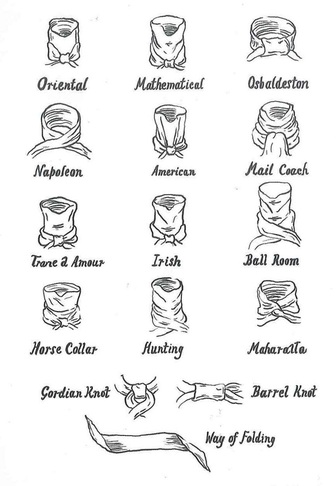 Jennifer Forest, Jane Austen's Sewing Box: Craft Projects and Stories from Jane Austen's World. Murdoch Press, London, 2009, p. 58. Jennifer Forest, Jane Austen's Sewing Box: Craft Projects and Stories from Jane Austen's World. Murdoch Press, London, 2009, p. 58. The pièce-de-résistance of any Regency gentleman's attire, as we all know, was his cravat. Although it has almost disappeared from men’s wardrobes, it lives on in fiction. Georgette Heyer instilled in her readers the importance of this starched and tied neck-kerchief. The variety of ways for trying a cravat was a source of competition and envy between the dandies of the period. So, what is a cravat? The answer is - a simple piece of fine linen cut into a triangle and hemmed. Linen is made from the flax plant and in the Regency period was imported into Britain from Germany. It was also produced in Ireland where its production was a cottage industry. Families spun, wove and dyed the cloth as well as made shirts, underclothes and household linen for sale. It was sold by the yard by linen-drapers, haberdashers and travelling salesmen. Womenfolk then manufactured their family's nightwear, shirts and cravats, by hand, as sewing machines weren't widely available until after 1829. I didn't realise how much importance the cravat had assumed in my own writing until I began this article. Then I discovered that the humble cravat was a part of the tension of many of the scenes between the hero and heroine of The Persuasion of Miss Jane Brody as their relationship grew. The heroine, Jane Brody, sees it, feels it, smells it. With the first bars of the waltz, Lord Dalton offered his left hand to her as he slid his right arm onto her waist. Her skin warmed at his touch and she glanced up into his dark eyes to find them gazing at her intently. Flustered, she looked down and found herself staring at his sapphire-studded cravat pin. She felt the crisp starched linen of his cravat under one hand while the fingers of her other hand were entwined in his soft wavy hair. Inside the carriage she was again aware of Lord Dalton’s close proximity seated opposite her. His long legs crowded hers. His attentive eyes watched her closely. The mingled scents of his freshly shaven face and crisply starched cravat besieged her senses. She squirmed on her seat attempting to subdue her tremors of attraction. The cravat becomes an integral part of their Regency romance and a barometer of it. A few minutes into the talk she made the error of including Jonathan in her survey of the room when making a point and faltered again. Had he taken to tying his cravat in a different way since they had parted? It appeared so. What else had he changed, in his efforts to forget her by obliterating everything in his life that reminded him of her? He looked immaculate in his evening clothes. The hero, Jonathan, Marquis of Dalton, has his cravat put on … He needed a wife who could fulfil a multitude of household tasks and social duties. He wanted a wife who supported his political activities and views, as well as one willing to provide him with the necessary heir and preferably other sons. He would like a wife who loved him. He suspected Miss Brody would not willingly do any of these things. Finally, as his valet finished his task, Jonathan impatiently tugged the towel from his shoulders and surged to his feet. He must do something to distract himself. Ordering Jenkins to be quick, Jonathan stood impatiently as his cravat was tied, then struggled into his well-cut coat. … and taken off in dramatic moments of cravat abuse. as he gently lifted her and sat her on the canopied bed before kneeling to remove her shoes and garters. As he worked, she began undoing his cravat, destroying his valet’s skilled creation. With glee she watched the linen flutter to the floor, then gave him her full attention as he slipped off her stockings one at a time, kissing each foot as it was revealed before gently lowering it to the carpeted floor. In his own chamber Jonathan ripped the cravat from around his neck and tossed it to the floor. Damn you, Jane – you care nothing for me, only about my influence for your cause. So, I now see that the humble cravat has functions beyond its role as an item of dress and a neck-warmer. To the Regency author, this triangular piece of fine linen is an important prop, almost a character, able to convey not only status and personality, but also mood and sensuality. Long live the cravat! Do you have some favourite Regency scenes in which the gentleman's cravat is vital to their telling? Sources: Jennifer Forest, Jane Austen's Sewing Box: Craft Projects and Stories from Jane Austen's World. Murdoch Press, London, 2009, pp. 48-9, 58, 60-1. Link: http://jenniferforest.typepad.com/jennifer-forest/books.html Wikipedia. http://en.wikipedia.org/wiki/Sewing_machine, accessed 24 Mar 2015. Isabella Hargreaves, The Persuasion of Miss Jane Brody, Steam eReads, ebook, 2013. |
Archives
June 2024
Categories
All
|
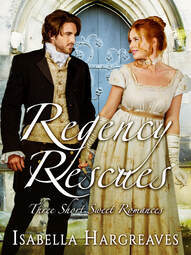
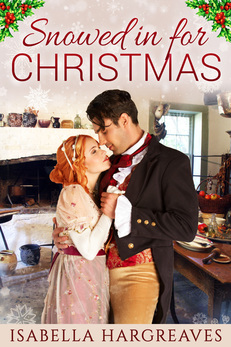






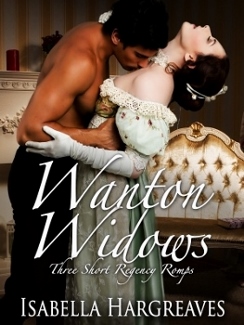
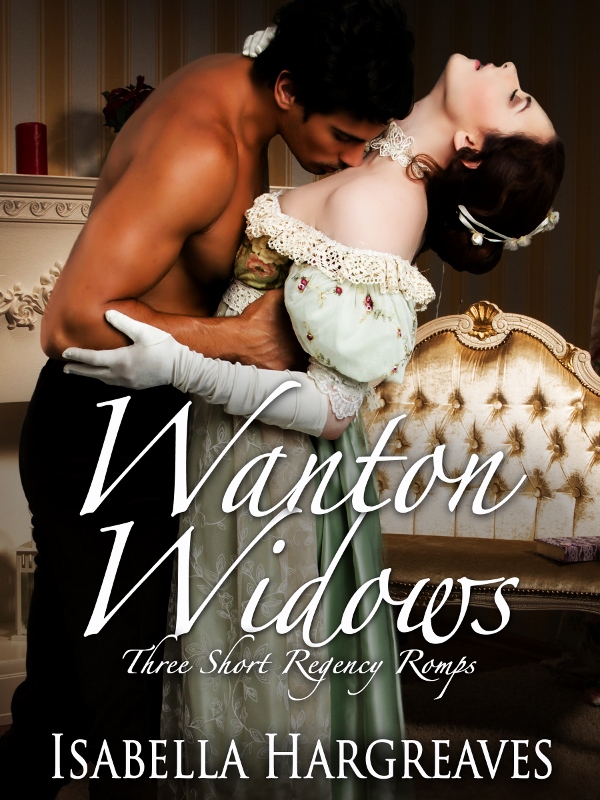
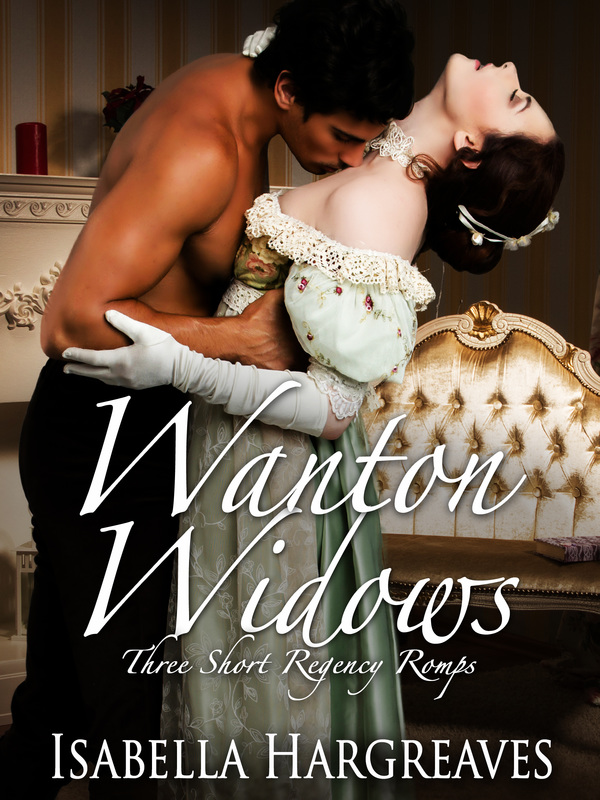
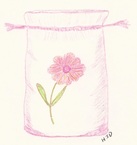
 RSS Feed
RSS Feed